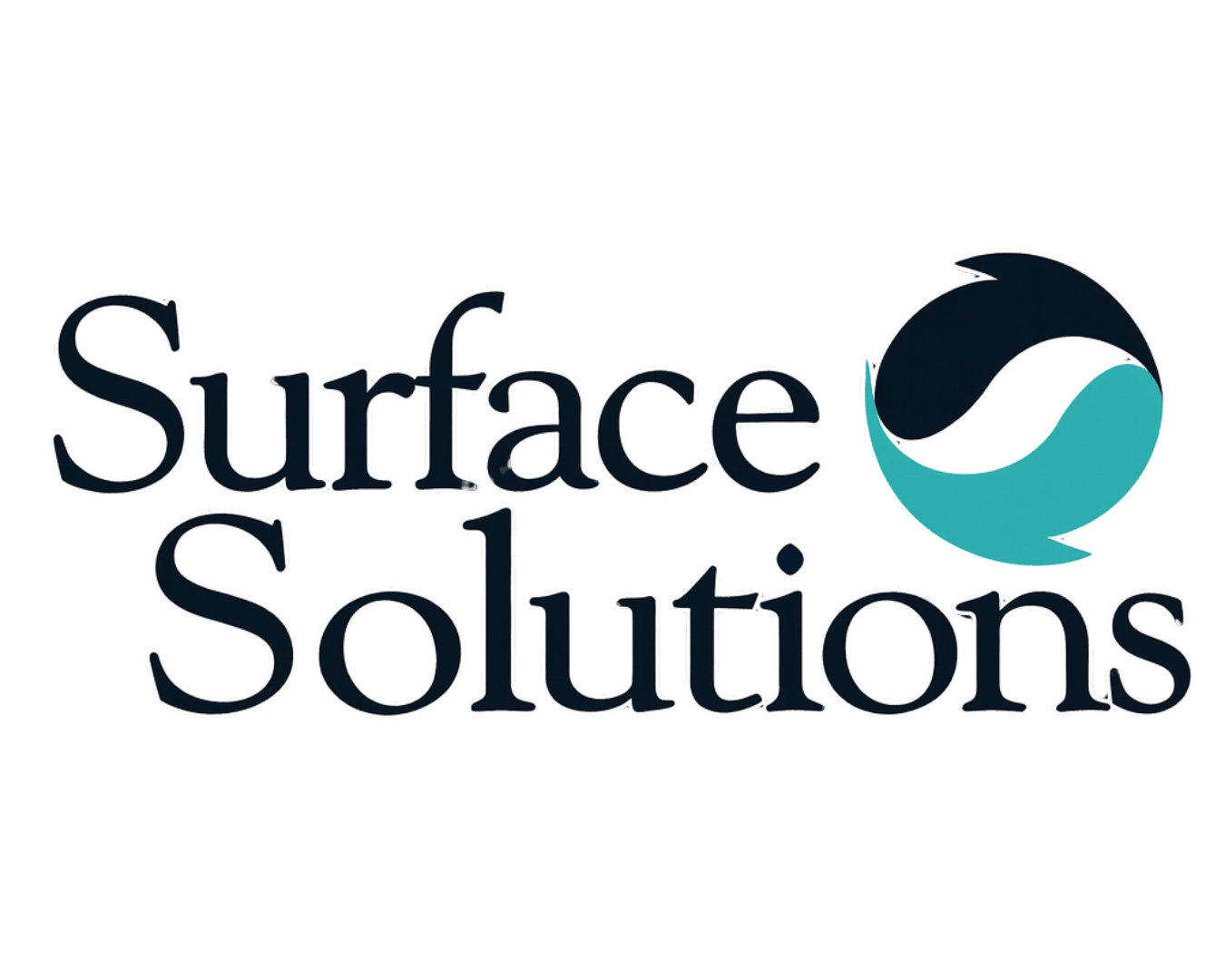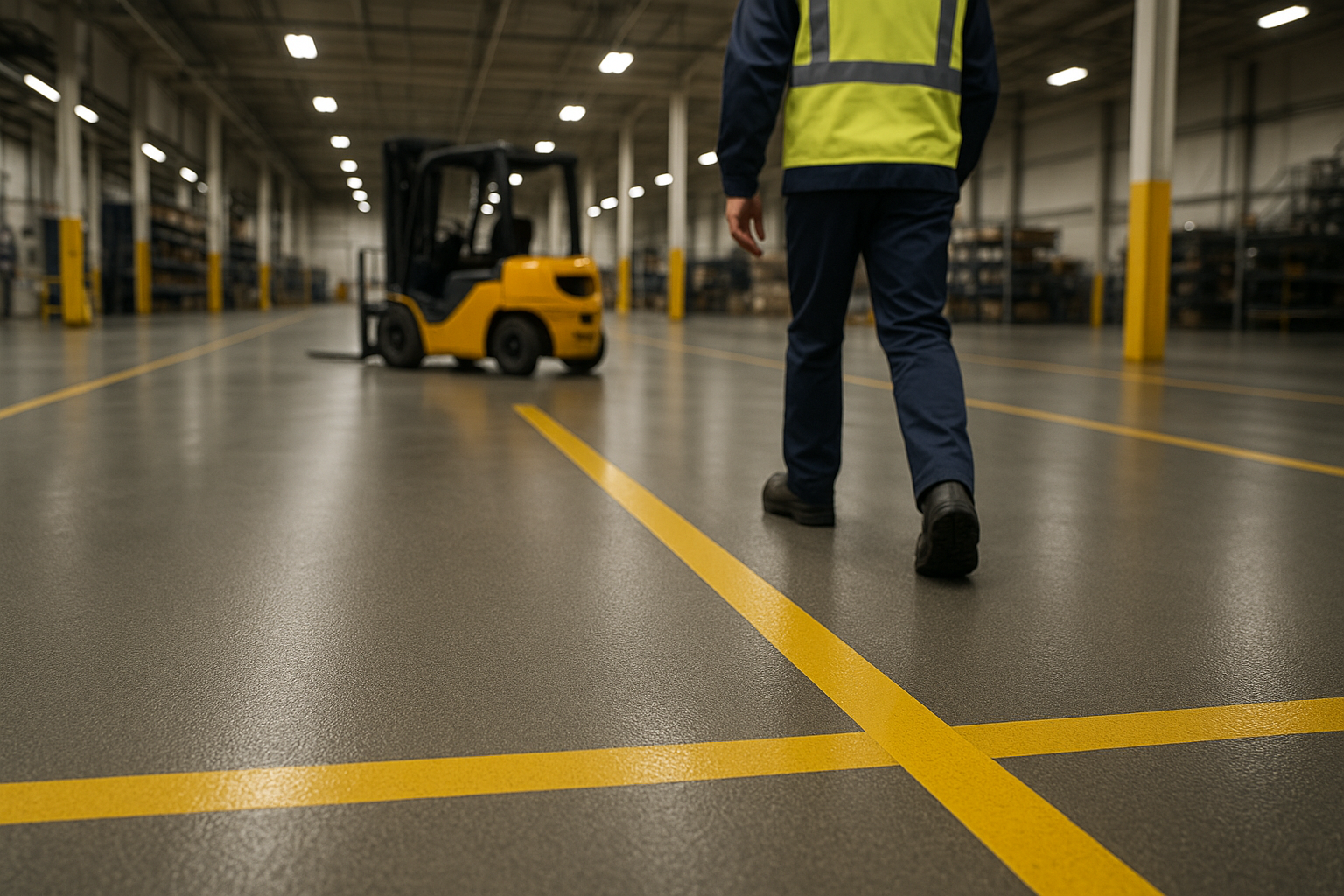Why Slip Resistance Matters
Slip resistance is measured using a Coefficient of Friction (COF) test. The higher the COF, the more traction a floor provides underfoot. OSHA recommends a static COF of 0.5 or greater for workplace safety.
High-slip floors aren’t just dangerous—they’re expensive. A single slip-and-fall claim can cost:
- $50,000+ in direct medical costs
- Weeks of downtime for injured employees
- Legal exposure if unsafe flooring is proven to be a factor
How Epoxy & Polished Concrete Improve Safety
Epoxy Flooring:
- Can include anti-slip aggregates like quartz or aluminum oxide
- Customizable texture level for wet zones, kitchens, or warehouses
- Seamless surface eliminates trip hazards from grout or seams
Polished Concrete:
- Can be honed to a slip-resistant finish that still looks sleek
- Densifiers and sealers keep the surface easy to clean without making it slick
- Ideal for schools, retail, and public spaces where aesthetics matter
Industries Where Slip Resistance Is Critical
- Manufacturing & Warehouses – forklift lanes, loading docks
- Healthcare Facilities – operating rooms, patient corridors
- Food & Beverage – kitchens, breweries, washdown areas
- Schools & Universities – hallways, gyms, cafeterias
- Office Buildings – lobbies, restrooms
Your Compliance Partner
At Surface Solutions, we don’t just install floors—we help you meet safety standards and avoid costly incidents. Our team performs site assessments and recommends the right system, finish, and aggregate for your environment.
Ready to Reduce Risk?
Call 877-CSTM-FLR
Email carolina@cstmflr.com
Visit www.cstmflr.com
Let’s create a floor that works as hard as you do to keep people safe.


.png)
